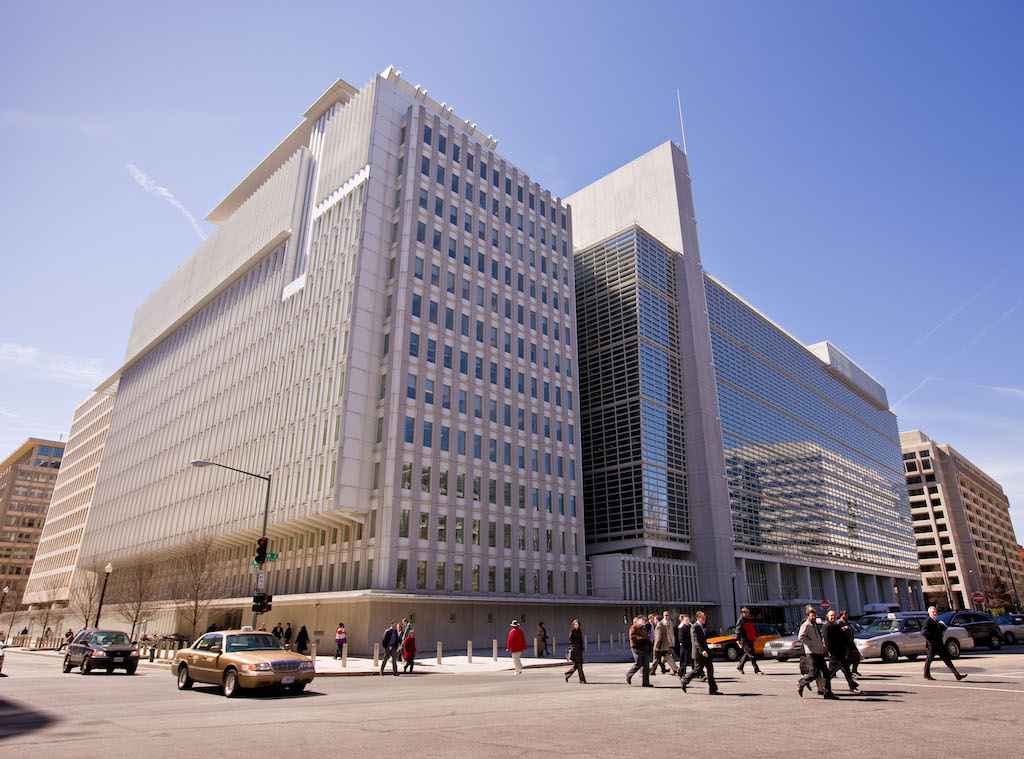As the world confronts the escalating challenges posed by climate change, there is an urgent call for a significant scale-up in climate finance, transitioning from billions to trillions of dollars. This ambitious target is crucial for meeting the pressing needs of vulnerable communities and for supporting global efforts to achieve climate goals.
The Importance of Scaling Climate Finance
The phrase “From Billions to Trillions” encapsulates the necessity for a dramatic increase in climate finance to effectively tackle the climate crisis. Current funding levels are insufficient to address the complex challenges posed by climate change, which include extreme weather events, sea-level rise, and biodiversity loss. A shift to trillions of dollars in climate finance is essential for several reasons:
- Adapting to Climate Impacts: Developing countries, particularly those most vulnerable to climate change, require substantial investments to build resilience and adapt to the impacts of a warming planet. This includes infrastructure development, disaster preparedness, and sustainable agriculture practices.
- Transitioning to Low-Carbon Economies: Financing the transition to low-carbon economies is critical for reducing greenhouse gas emissions. Significant investments are needed in renewable energy, energy efficiency, and sustainable transportation systems.
- Unlocking Economic Opportunities: A major increase in climate finance can stimulate economic growth and job creation in emerging sectors. By investing in clean technologies and sustainable practices, countries can foster innovation and enhance their competitiveness in the global economy.
Current Landscape and Challenges
Despite the acknowledged need for increased climate finance, mobilizing sufficient resources remains a challenge. Current funding mechanisms often fall short, and many developing countries struggle to access the financial resources necessary to implement climate initiatives.
Key challenges include:
- Access to Finance: Many vulnerable nations face barriers in accessing climate finance due to complex application processes and a lack of capacity to develop bankable projects.
- Lack of Commitment: While international commitments exist, the actual disbursement of funds often lags behind expectations, leading to frustration among developing countries.
- Market Uncertainty: The volatility of global financial markets can deter private investment in climate projects, making it essential to establish stable and supportive financial frameworks.
Strategies for Mobilizing Trillions in Climate Finance
- Innovative Financing Solutions: Developing new financing instruments, such as green bonds, climate insurance, and blended finance mechanisms, can help attract private investment and enhance funding flows.
- Strengthening Multilateral Cooperation: International cooperation among governments, financial institutions, and private sector actors is crucial for pooling resources and sharing best practices. Collaborative efforts can help align global priorities and streamline funding mechanisms.
- Enhancing Capacity Building: Investing in capacity building for developing nations can empower them to effectively access and utilize climate finance. Training programs, technical assistance, and knowledge sharing are essential for strengthening local capabilities.
- Establishing Clear Policy Frameworks: Supportive national and international policies can create a conducive environment for investment. Clear commitments, regulatory support, and incentives for low-carbon technologies are critical for scaling up climate finance.
Conclusion: A Collective Responsibility
The push for transitioning from billions to trillions in climate finance is not just an ambitious goal; it is a vital necessity for securing a sustainable future. As the impacts of climate change become increasingly severe, the global community must prioritize mobilizing the necessary financial resources to address this crisis.
By working together—governments, businesses, and civil society can unlock the investments needed to foster resilience, promote sustainable development, and ultimately transition to a low-carbon economy. The time for action is now; it is imperative to turn the rhetoric of billions into a reality of trillions, ensuring a livable planet for generations to come.
4o mini




